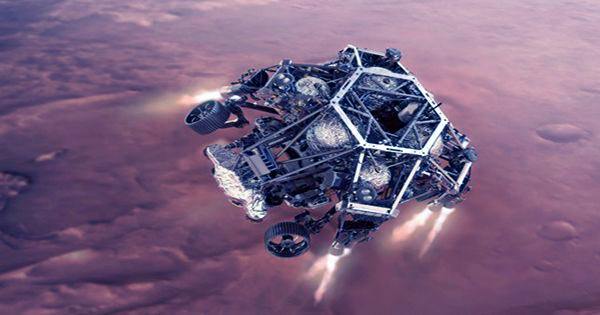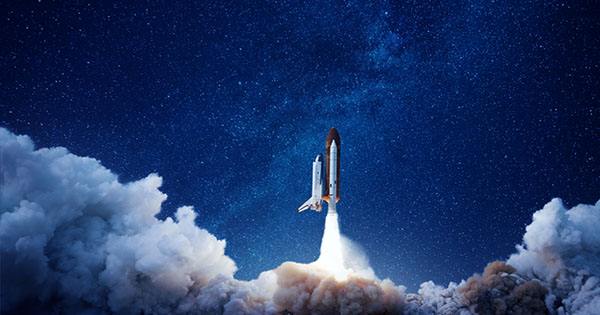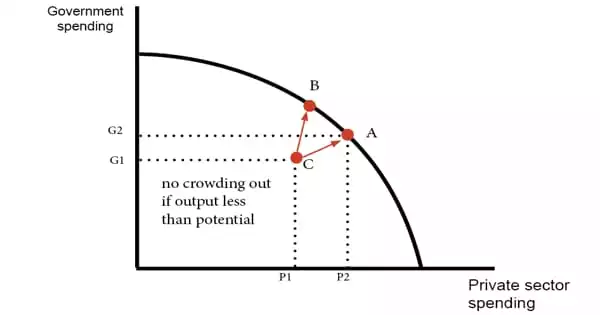A nova is a brilliant explosion that occurs when a white dwarf steals material from its partner in a binary star system. The material is heated to the point where it ignites and is hurled out at a rapid rate, brightening the star significantly. White dwarfs, unlike supernovae, may survive and reappear after a nova event. Astronomers have now witnessed the quickest nova ever recorded. Most novae flare for a few weeks before fading, but V1674 Hercules is not your typical nova, according to Research Notes of the American Astronomical Society. It vanished in a day, yet that was only the beginning of its strangeness.
“It was just approximately one day,” study leader Professor Sumner Starrfield, an astronomer at ASU’s School of Earth and Space Exploration, said in a statement. “The previous quickest nova was one we investigated back in 1991, V838 Herculis, which dropped in around two or three days.” The star is behaving a little like a ringing bell. A wobble occurs every 501 seconds, which astronomers were able to detect in visible light and X-rays. It was so brilliant that it could be seen with the naked eye on June 12, 2021. The wobble continues to repeat itself a year after the nova was initially spotted.
They think the two stars are part of an “intermediate polar system,” as evidenced by the material they exchange. The gas from the big stellar companion first affects the accretion disk that surrounds the white dwarf (the dense remnant core of a star that has burned up all of its hydrogen) and then flows towards the dwarf via the magnetic field lines in those binary interactions. “The most interesting thing about this oscillation is that it was visible not only before the outburst, but also when the nova was 10 magnitudes brighter,” said co-author Dr. Mark Wagner, head of science at the Large Binocular Telescope Observatory, which was used to study the nova.
“What’s generating this periodicity that you’d observe throughout that range of brightness in the system is a puzzle that folks are attempting to solve?” The object was initially found by Seidji Ueda, a Japanese amateur astronomer, who alerted scientists to its existence. Even in exceedingly uncommon circumstances like these, understanding stellar explosions is about more than just improving our knowledge of stars. It can also tell us how these events influenced the Solar System’s chemical makeup.
“We’re continually trying to figure out how the Solar System came to be, and where the chemical components in the Solar System originated from,” Starrfield explained. “For example, one of the things we’ll learn from this nova is how much lithium was generated by this explosion.” We’re very convinced now that these types of explosions created a major portion of the lithium we have on the planet.”
The system is also influencing the flow of the ejected debris, implying that scientists still have a lot more to learn about V1674 Hercules’ strange system. A nova is not a supernova, although it is a forerunner to one. Some mass stays on the white dwarf after each nova until it becomes too much and collapses in on itself, resulting in a Type Ia supernova.
















